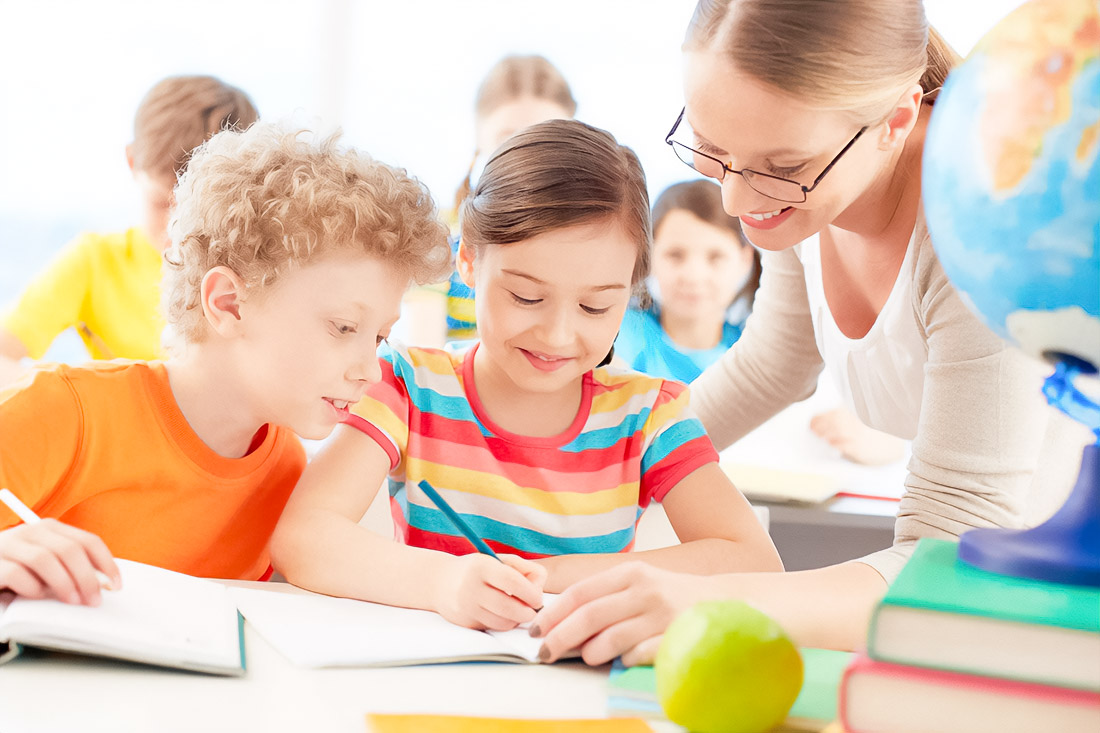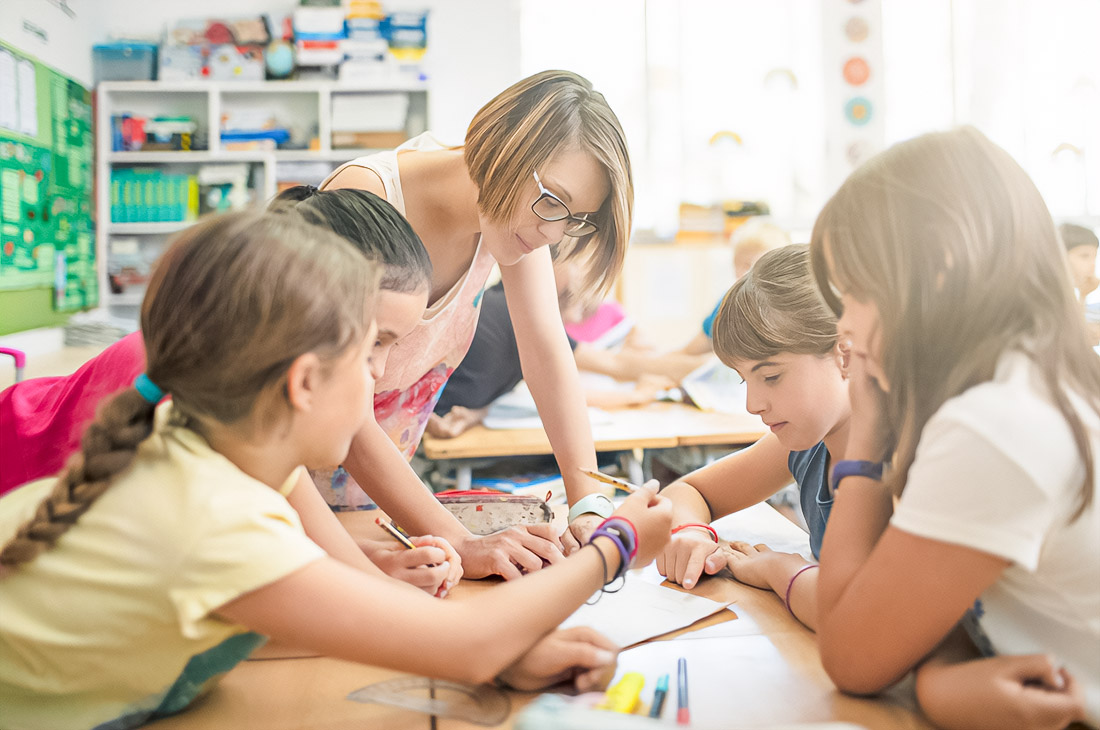Nowadays, questions about the integration of innovative approaches in traditional educational programs evoke greater interest. One such approach, capable of substantially enriching traditional education, is — the use of micro-moments of spontaneous learning. These unplanned episodes of learning, inserted in the main context of the lesson, not only enliven the educational process but also offer unique opportunities for a deeper comprehension of materials. Teachers in Ajman Private schools actively implement such innovations for the improvement of the quality of education.
Immersion in the concept of micro-moments: scientific view

Micro-moments in class can be defined as short-term, however significant, episodes of functional interaction. Research shows that they appear as a result of live communication between teacher and student or discussions between students. These moments stimulate students’ active participation and critical thinking. According to research, up to 30% of learners note that such unexpected episodes of learning significantly increase their interest and motivation.
Backstage of spontaneous learning: what it means and how to implement
Spontaneous learning is an informal process that happens without any preliminary outlines. Approximately 45% of students claim that unexpected questions and discussions substantially increase their interest in the subject. This can manifest when students ask unexpected questions or discuss topics arising in response to current events in the world. Such moments activate deep and emotional participation of students, which in turn contributes to better assimilation of information.
Research of role of micro-moments in understanding and memorization
According to data research, spontaneous moments of learning can spur such cognitive processes as analysis, synthesis, and evaluation. When students fall into situations requiring quick response, they have to actively apply earlier acquired knowledge in practice. This contributes to a deeper consolidation of information. According to statistics, in 75% of cases, students note improvement in understanding of material thanks to similar micro-moments.
Examples of implementation of micro-moments in classes
- Question, arising spontaneously: In the lesson biology teacher explains the processes of evolution when one of the students is interested in the influence of modern technologies on natural selection. This leads to a lively discussion in which all students participate and contribute to a deeper awareness of the topic.
- Current events in the world: In the lesson on social studies, the teacher discusses recent elections, initiating discussion of the political systems of different countries. This helps students apply theoretical knowledge in practice.
- Realistic tasks: Teacher of mathematics offers tasks from real life related to financial calculations. Discussion of possible solutions gives the opportunity to better understand concepts of the previous lesson.
Methods of encouragement of spontaneous micro-moments in learning
Teachers can facilitate the emergence of similar micro-moments, creating an atmosphere where students feel comfortable asking questions. This can be achieved through:
- Flexibility of lessons: Planning lessons, leaving place for discussions or surprises, unavailable in standard plans.
- Active listening: Show students that their opinion has significance and is interesting.
- Safe environment: Creating conditions for respectful communication, where learners can without fear express their ideas.
Obstacles and challenges in integration: what can go wrong
Despite obvious prospects, implementation of micro-moments in regular learning can encounter obstacles. According to statistics, 60% of school lessons occur according to strict schedule, limiting time for spontaneous discussions. Also, teachers may not possess the necessary skills, which requires additional education and training.
Conclusions: micro-moments as a powerful tool of educational process
In conclusion, it is worth saying that micro-moments in class are capable of significantly enriching the educational process, developing critical thinking, improving understanding of the material, and increasing the motivation of learners. To achieve this, they should create an atmosphere, facilitate spontaneity, and also provide the necessary support to teachers. Educators, finding a balance between structured and spontaneous learning, will create a more dynamic atmosphere for the comprehensive development of students.

